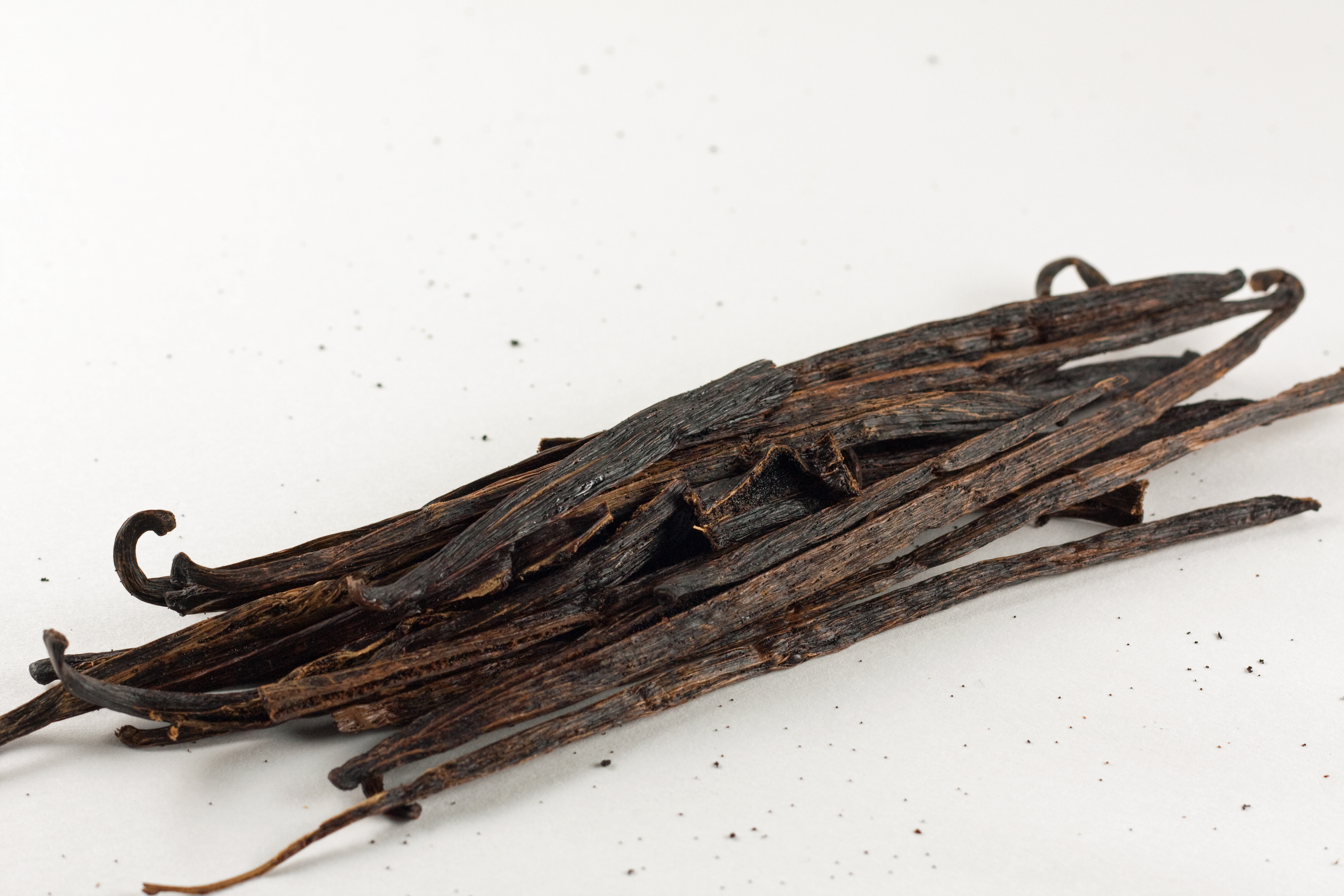Storing your beer in a corny keg is both easy and convenient. Hook up a tap and some co2 and you have great draft homebrew! After coming to that realization, I bought some kegs last year and they've worked out great. Over time, I've run into some accessories that make the whole keg experience a little more convenient. I'm using ball lock kegs, but some of these suggestions might also apply to pin lock kegs as well. So here they are, suggestions for pimping your ride (err, I mean your corny keg...)
1. Bling
The first is colored post orings. If you've ever mistakenly attached the gas line to the liquid post, you know what a pain it is to remove. With colored keg posts, you can quickly identify which post is gas and which is liquid. I first ran into these over at
Art's Brewing Supplies in downtown SLC but have since also found them on the
Midwest website and the
Northern Brewer website. I'd recommend blue for gas, red for liquid, but I don't think there's a standard. I find red for liquid easy to remember because A: red acts as a warning to stop me from connecting that gas line to the liquid post, and B: red is the color of some beers.
2. A Gauge
An accessory idea that I got from my carboys, is the Fermometer temperature strip. This is a little black strip of plastic with an adhesive backing that you stick directly to the keg (or carboy, or fermenter, or whatever). I really like these because I don't have to open my keg and drop in a thermometer to check the temperature.
Google lists several vendors for these. The liquid in the strip will change colors around a temperature reading to tell you what the temperature of your liquid is. Frequently there is more than one colored box, so assume the green one is correct, and if there is no green, assume the temperature in the center of the colored area. I find that placing these vertically, about 1/3 of the way up the keg, is the best bet. Normally on a full keg you'd want it in the middle, but how long does your keg stay full, really? Also, make sure you don't let these soak in water. The adhesive on the back will break down and leak out the liquid inside. They can stand to get a little wet, but don't over-do it.
3. More Bling
At the risk of going Martha Stewart on everyone, I also have suggestions for labeling your keg so you know what brew is inside. Post-it notes don't stick to the keg for long, and taping paper doesn't work because scotch tape is a pain to remove from stainless. Ideally, you'd want your labels to be protected from a bit of moisture, and you also want them to be easy to switch out without making a mess. I tried placing paper inside a sheet protector that you find in photo albums and school binders, but the sheet was way too big for the keg and it was flimsy. Taping it to the keg was bad news too. I then tried placing clear invoice protectors on the keg (the kind you see on the front of fedex packages). I thought I could easily switch out papers with the beer name on them. However, invoice pouches turned out to be a brilliantly bad idea that were a nightmare to remove. I eventually settled on clear vinyl envelopes designed to hold passports. They're just big enough to hold an index card.
Here's an example of what they look like. I found them over at Office Depot. I affix them to the keg horizontally and slide index cards in and out from the side. To stick them to the kegs, I picked up some
Glue Dots Strips that are easy to remove, but do a great job of keeping the vinyl attached to the keg. Four to six strips, stuck on the back of the vinyl protector works great. They're made of that same stuff you see holding credit cards or CDs to the inside of magazines. If you use the glue dots, just make sure you don't get too much of your hand oils on them, or they'll lose some stickyness.
4. Hydraulics
As I use the kegs more and more for the stages of fermentation, I've found that I need to transfer beer or sanitizer from one keg to another. For transferring liquids between kegs, I've thrown together an easy liquid transfer line. Two black liquid disconnects with about 3ft of tubing between. Try to keep your tubing at least 6 inches longer than the total height of your keg so you can use the line for siphoning too.
This forum post here has a good discussion on the topic and an example picture. I haven't yet made the gas transfer line shown in the picture, but that is indeed a better way than continually pulling the relief valve during a siphon.









